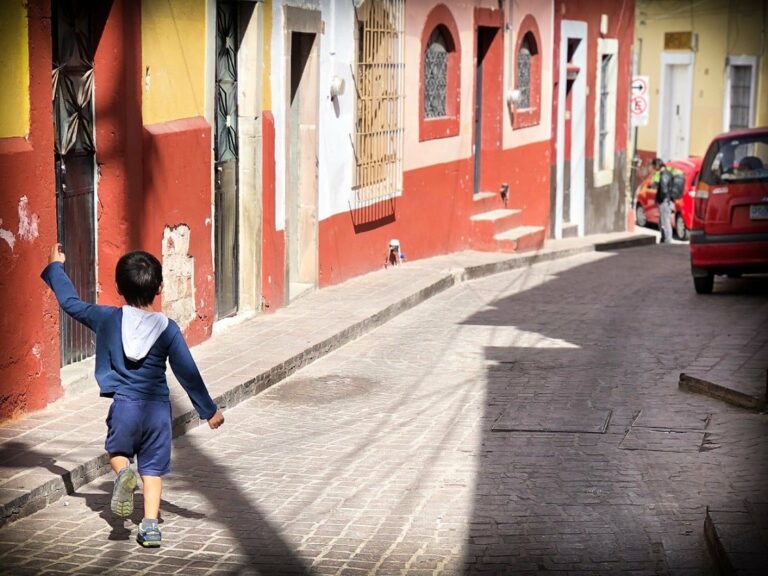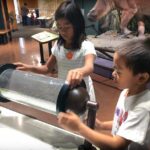Children Exploring Nature: 9 Simple Ways To Encourage Outdoor Learning
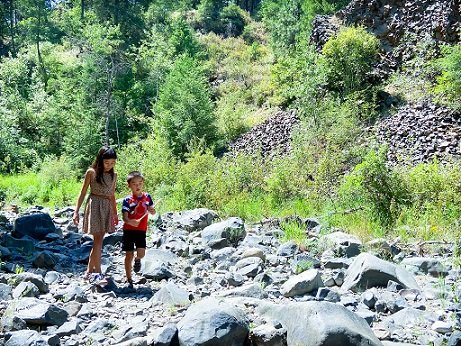
Back to school time doesn’t have to mean an end to outdoor exploration. We love having our children exploring nature whenever they can, even when we’re technically doing school time. In fact, I often think that nature makes one of the best teachers for our kids.
The last few months have been amazing for our worldschooling family as we explored the outdoors while hiking in Spokane. Now that the weather has started to cool, we know we'll be spending more time indoors. But that doesn't mean that we have to stop spending time outside. There are still many opportunities for outdoor time, even when the weather is cold.
As families get back into their learning routines for the school year, I thought I’d put together a post to help families incorporate outdoor time into their children’s education. Whether you’re doing online school, in-person school, or homeschooling, spending time in nature can be so beneficial for enhancing learning.
This post was updated on September 5, 2021.
This post may contain affiliate links. That means I may receive a small commission if you click on the link and purchase something. But don't worry, this will not result in any extra costs to you.
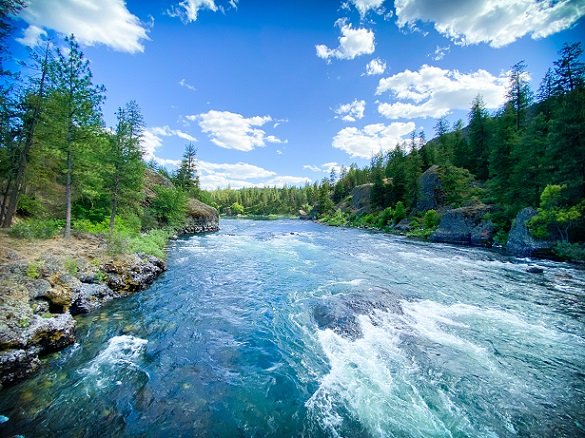
Benefits of having your children exploring nature
I’ve written about the educational benefits of travel many times before. And one part of travel is being in the outdoors with your children exploring nature.
Outdoor time has so many benefits for adults and kids alike. Fresh air helps bring oxygen to our lungs and bodies. Hiking helps encourage physical activity. And the disconnection from electronics and devices can help to quiet our over-stimulated brains.
But there are also ways to make nature time educational too. Kids can gain so much more from the outdoors than just healthy lungs and bodies. For families who are or are interested in becoming worldschooling families, nature offers a wonderful world classroom for kids.
Click here to learn more about the worldschooling lifestyle for families.
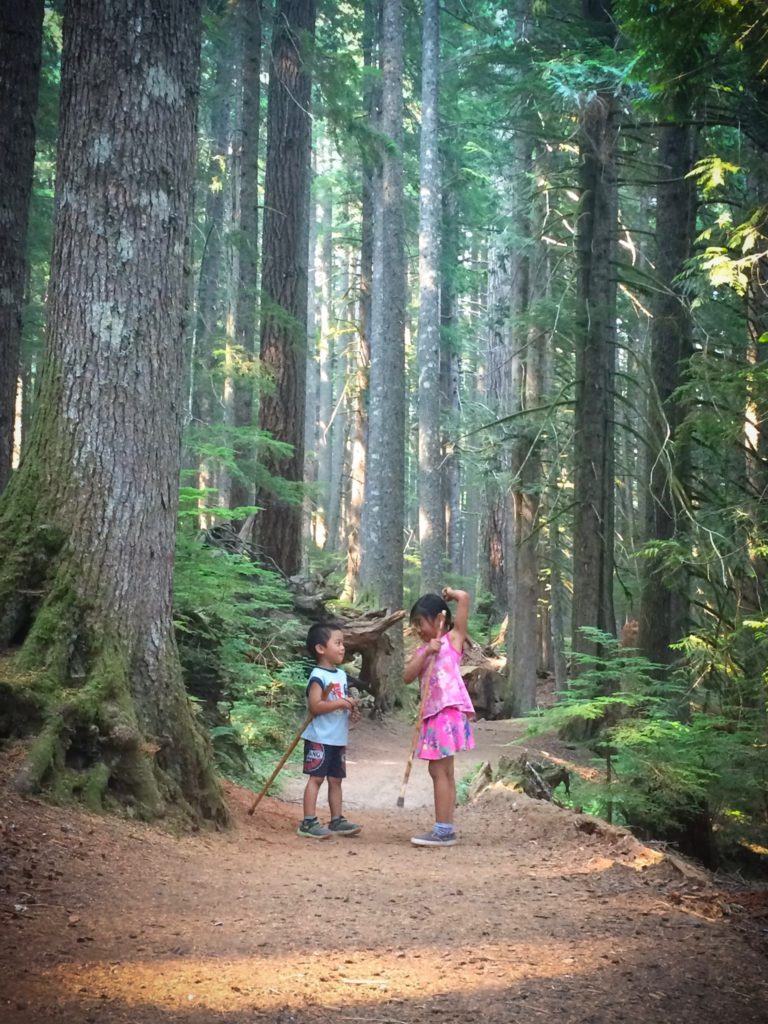
Getting your children exploring nature in a responsible way
As we put ourselves into the natural world, it’s important to remember that being in the outdoors means maintaining a certain level of responsibilities. As beneficiaries of nature, we have to acknowledge that we’re also its stewards. Being stewards means recreating in a way that is not detrimental to the environment.
With every excursion in nature, talk to your children about ways they can be as least disruptive as possible to the natural surroundings. Encourage your children to think about ways they can leave nature better than how they found it. Or ask them to think about how each plant, animal, and mineral have roles in the ecosystem.
Additionally, with the COVID-19 pandemic still ongoing, practicing social distancing is important, even when out in nature. Maintain a safe distance of at least six feet from people who are not in your party. And wear a reusable face mask when people are present.
Getting your children exploring nature in a responsible way helps them practice ethical family travel. It helps them play more active roles in conservation. And it plants the seed for future conservation efforts.
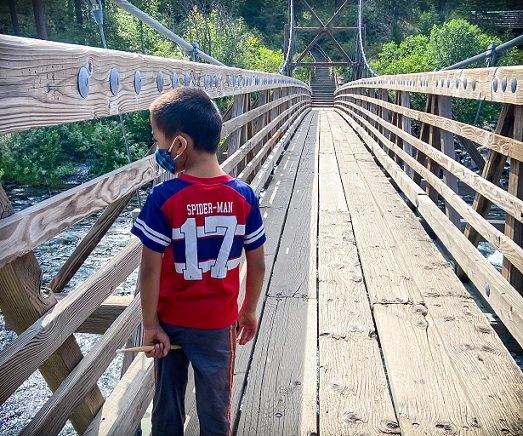
Outdoor learning ideas for children exploring nature
Whatever your learning or schooling situation, you can always supplement it with outdoor learning time. Educational time in the outdoors can be fun for summer learning, or as a supplement to back to school learning.
Here’s a compilation of activities that kids can do while spending time outside. Each of these activities help to develop specific educational skills and competencies. You can even use it as a basis for your homeschooling lessons!
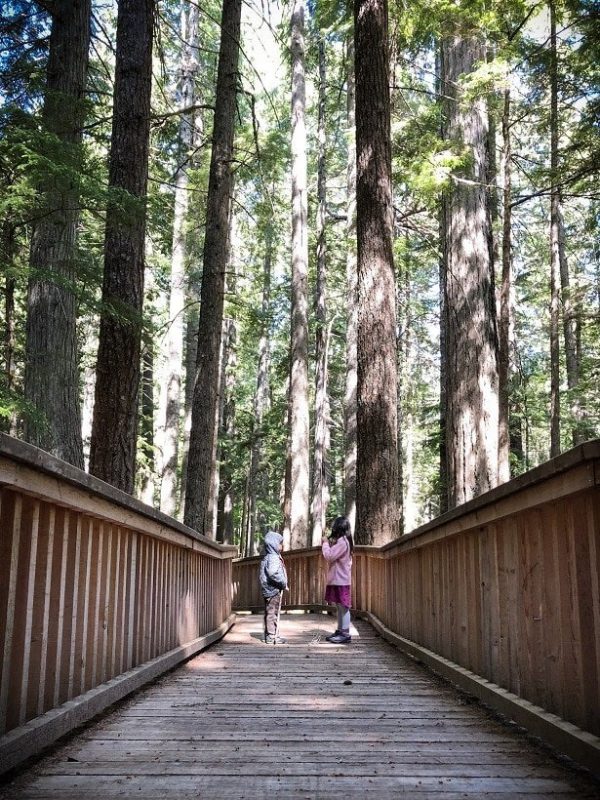
1. Physical education
One of the most obvious benefits of children exploring nature is in the area of physical education. Hiking and climbing helps kids develop and refine their gross motor skills. Biking and kayaking keeps kids and families stay active and healthy during travel. And they also develop strength in their muscles.
Ideas for physical education activities include hiking, trail running, mountaineering, mountain biking, kayaking, and bouldering. Adjust your activities to your kids’ skill levels to minimize risk for injury.
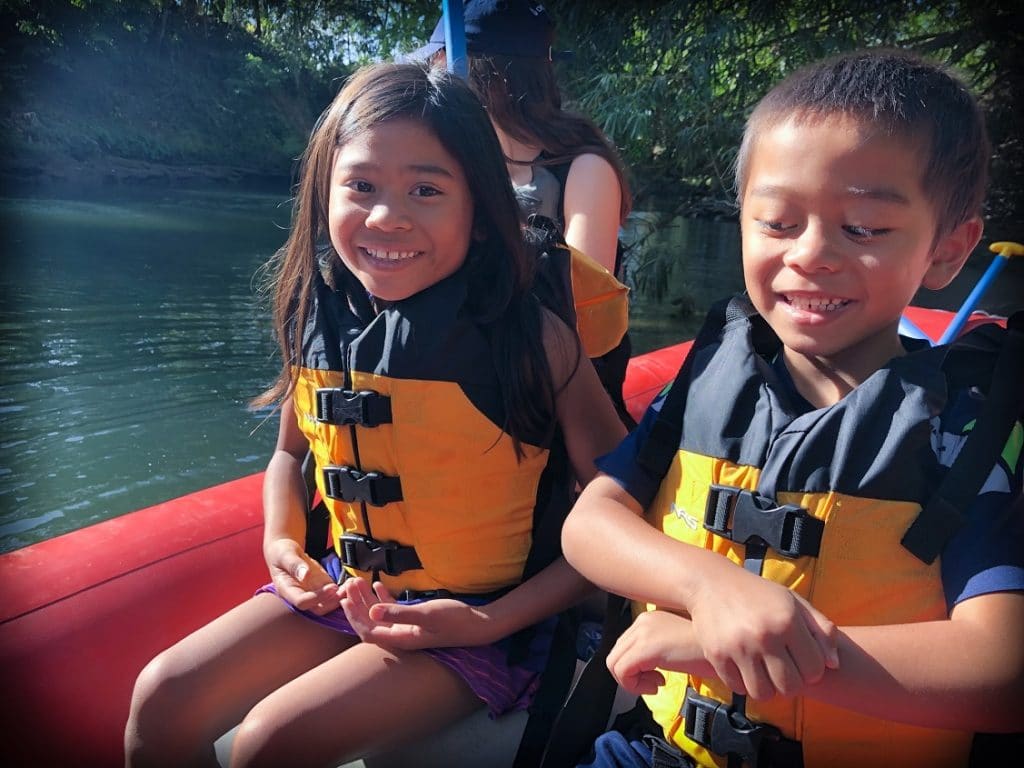
2. Science
Nature offers so many possibilities for science exploration. Botany, zoology, geology, ecosystems, and climate are all great topics to cover during outdoor learning.
On your next outdoor excursion, add in a few activities like collecting different rock, leaf, or pine cone specimens (of course, remember to leave them behind at the end of your nature excursion). Bring along binoculars and a bird-watching field guide to identify the birds you see in the outdoors. Talk about the different layers of the forest as you hike through it. Discuss how animals and plants in the ecosystem work together.
Grab a copy of this book for a visual introduction to plants: Trees, Leaves, Flowers and Seeds: A Visual Encyclopedia of the Plant Kingdom
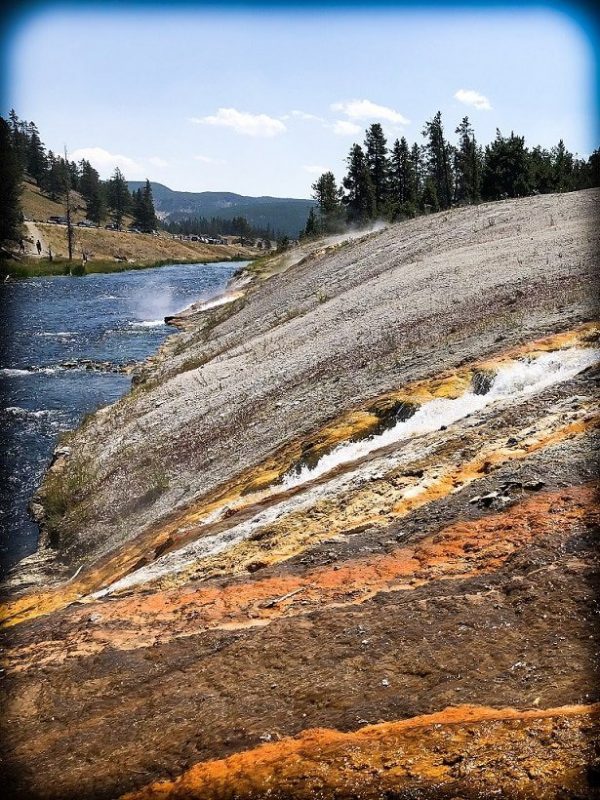
3. Geography
In conjunction with science learning, having your children exploring nature helps them develop their geography skills as well. At the heart of geography is an understanding of where we are in relation to the rest of the world. And spending time in nature is a fun way to help our children understand that.
Get trail maps of the hikes you do with your kids. Let them play the role of “GPS” and direct the group where to go (with parent supervision, of course). Do a geographical scavenger hunt and have your kids identify the geographical features they encounter - a stream, a hill, a valley, changes in elevation. Have your kids draw out a map of their hike. Teach them how to use a compass.
Use this geography encyclopedia to supplement your outdoors experience: Geography: A Visual Encyclopedia
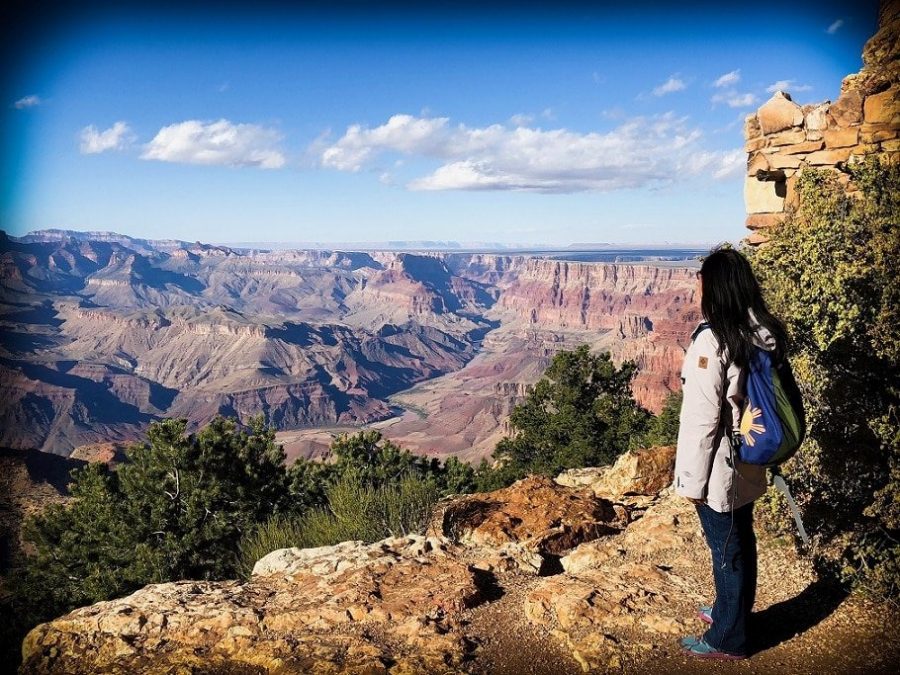
4. History
So much of our natural environment has connections to history. From the shifting of continents millions of years ago to the migrations of our ancestors, the natural world holds great stories from our past.
As you and your family explore the outdoors, read up on the history of the peoples who have lived in that area. How did they use the resources in their environment to survive? How would it be different or the same for them now? What role did the natural environment have in shaping the cultures?
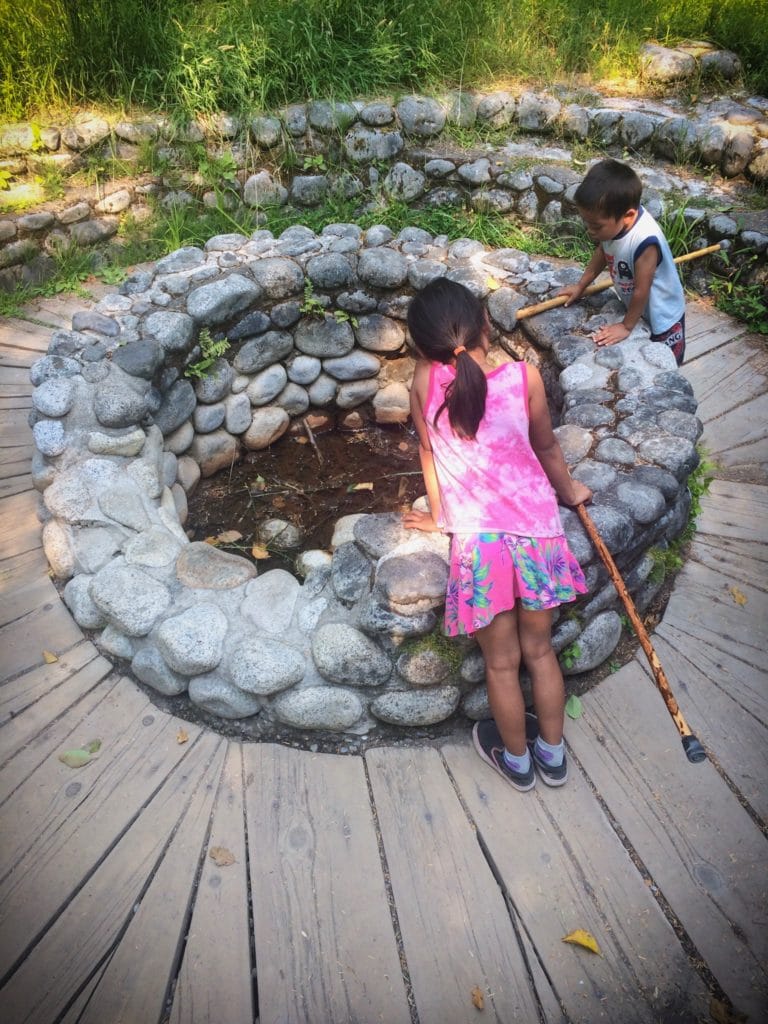
5. Math
We often don’t equate the outdoors with arithmetic. But surprisingly, math and nature go hand in hand. For early math learners, have them count steps to hike a certain route. Bring a tape measure and measure distances between objects. Have children identify various shapes in nature.
If your kids already know multiplication, have them calculate the area of locations. Or compare the volume of different natural objects. When hiking, biking, or driving, have your kids estimate the time it takes to traverse somewhere based on distance and speed. Teach them how to estimate time by the location of the sun. Explore various units of measurement for distance, such as inches, feet, meters, and miles.
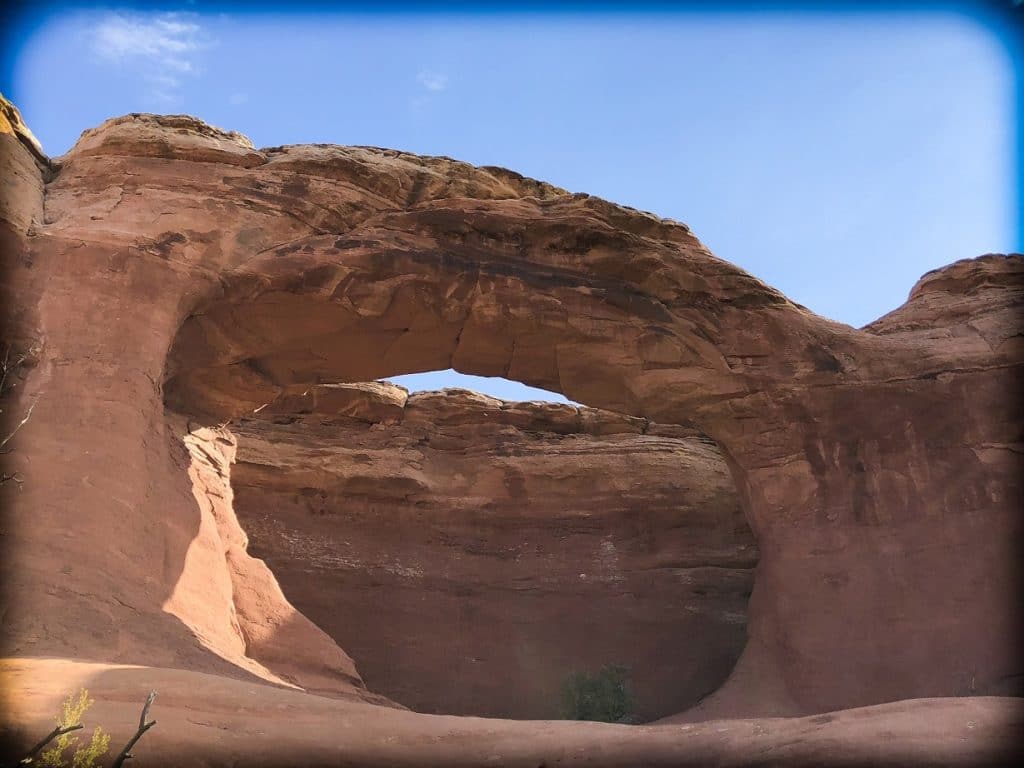
6. Drawing
Before the advent of photography, early explorers relied heavily on nature drawing to record the sights they saw during their exploration. Bring along a drawing pad and paper on your next outdoor excursion, and turn it into art class!
Some drawing ideas for your kids include landscapes, animals, and various objects they find. Bring along a book about life drawing to incorporate techniques that your children can work on to make their drawings more realistic. Don’t be afraid to get creative while having your children exploring nature.
Use this book as a guide for nature drawing: Drawing Nature for the Absolute Beginner by Mark Willenbrink
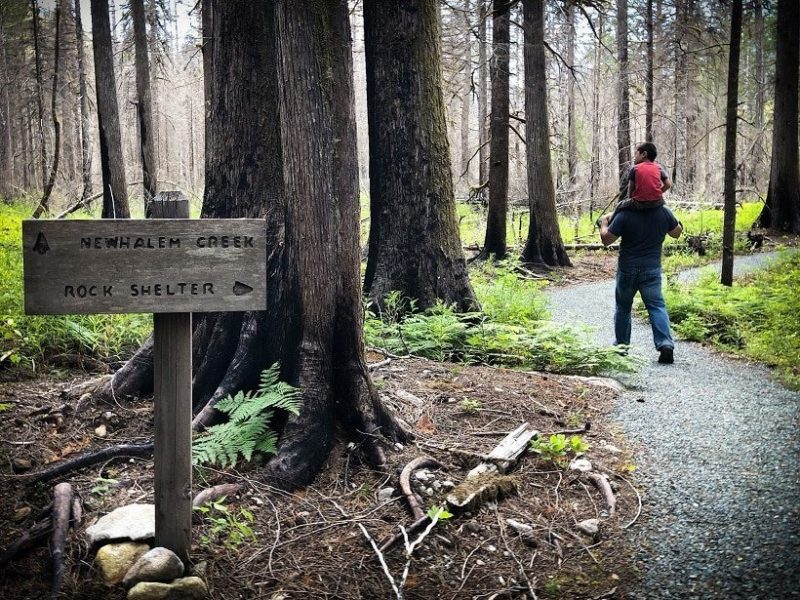
7. Writing
On a related topic, writing in nature and about nature can help develop your children’s language and writing skills. As Henry David Thoreau writes, “This world is but canvas to our imaginations.” Cultivate your children’s creativity by bringing along a journal for them to jot their thoughts while out in the woods.
A few writing ideas include writing stories that take place in nature, or writing poems about nature. Kids can practice spelling different words for the plants and animals in nature. For grammar practice, children can utilize various verb tenses to describe activities they did, are doing, and will be doing in the outdoors.
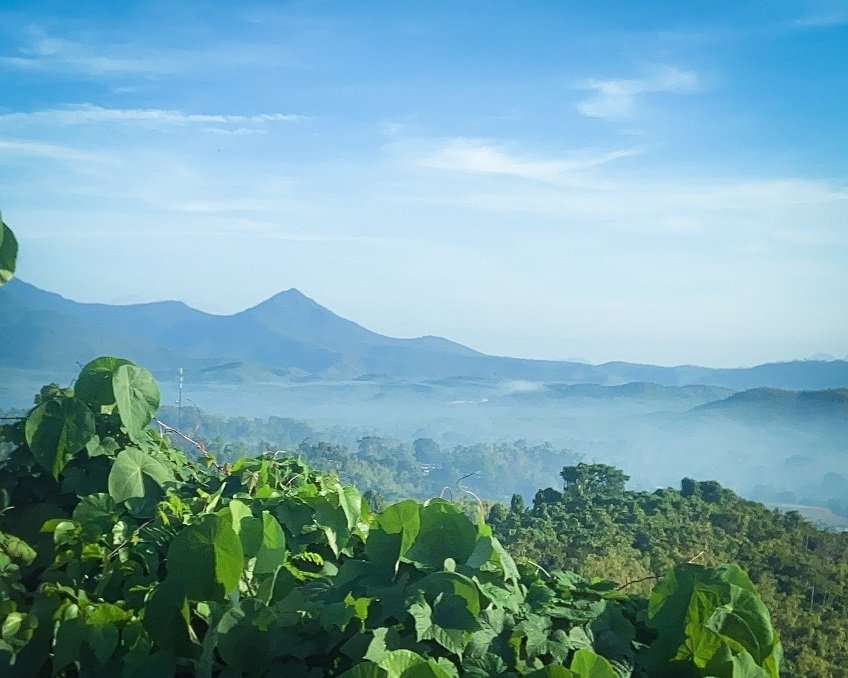
8. Life Skills
Knowledge of surviving in the wilderness is a dying skill among our generation and our kids’ generation. How many of us know how to build a fire, navigate north, or identify what plants are safe to eat? Having children exploring nature can be a great segue into learning survival skills.
Before your excursion, learn some basic survival skills through books or videos, and then apply it when you’re in the outdoors. Teach your kids how to identify north through the position of the sun or the location of bark on the trees. Bring a book on foraging on your nature hike to be able to identify edible plants.
Buy a copy of these books on basic survival and foraging:
Bushcraft 101: A Field Guide to the Art of Wilderness Survival
Edible Wild Plants for Beginners
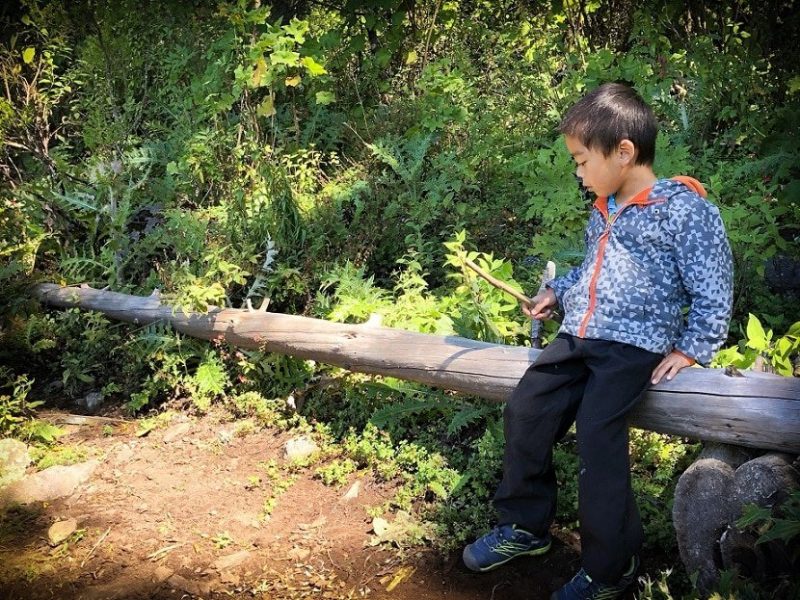
9. Emotional Learning
The most important benefit of having your family and children exploring nature is the opportunity to reconnect with yourself and your family. We like taking our meditation practice outdoors whenever we can because it helps us focus better.
Spending time with your kids away from the distractions of daily home life can provide a safe space for opening up and sharing.
If your kids are new to meditation, try a simple mindfulness activity like sitting in silence for five minutes and listening to the sounds of the outdoors. Afterward, take a few minutes sharing what you heard and how you feel at that moment.
Another activity is having one person with their eyes open describe the scene that they see, and everyone else closing their eyes and imagining the scene in their head. This really brings new meaning to “seeing the world through someone else’s eyes!”
Looking for more learning resources for your family? Click here!
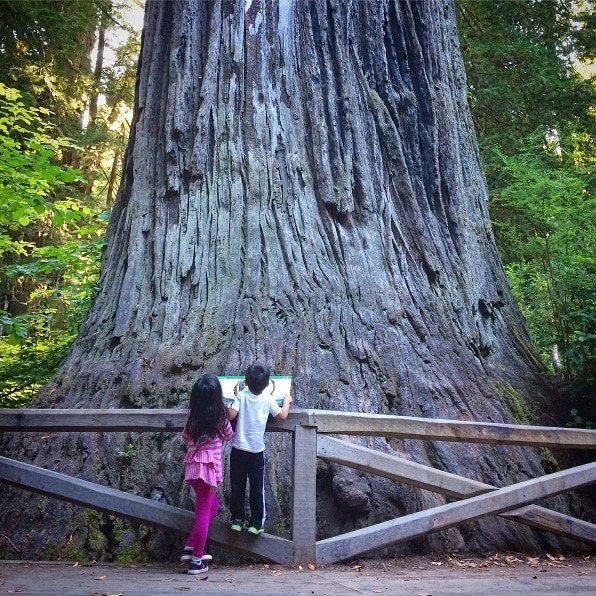
Cultivating a love of the outdoors with families and children exploring nature together
Taking your children’s learning outside helps them to cultivate a love and appreciation of the outdoors. It can also help break the monotony of at-home learning. Nature can help you and your kids gain a new perspective on the world.
If you’re in the Western United States, take a weekend to explore one of the national parks in the West. Or explore a state or city park in your area.
Even as the weather begins to cool, you can still spend time outside. And even if there isn’t a big park close to you, you can seek out green spaces in your city to commune with nature. The important thing is that you’re incorporating outdoor learning into your homeschooling activities.
Use the suggestions I provided on your next outdoor excursion with your kids. Or develop your own, and share them with me in the comments. I love seeing parents and children exploring nature together!
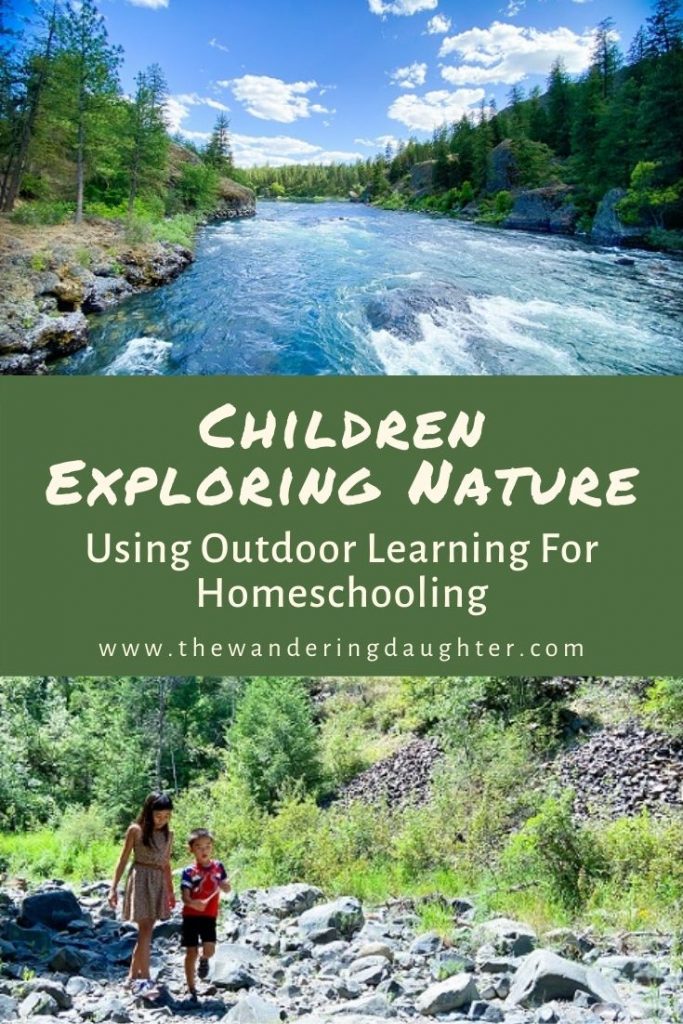
Need help thinking through how to budget for a family trip? My Travel Budget Worksheet is just the tool you need! Click here to receive your free copy by signing up for my newsletter.
Want to connect with me on social media? Find me on Facebook, Instagram, Pinterest, and Twitter. And for those of you who are dedicated to traveling more responsibly, sustainably, and ethically, join over 200 like-minded families on my Facebook group, Responsible Family Travel.


